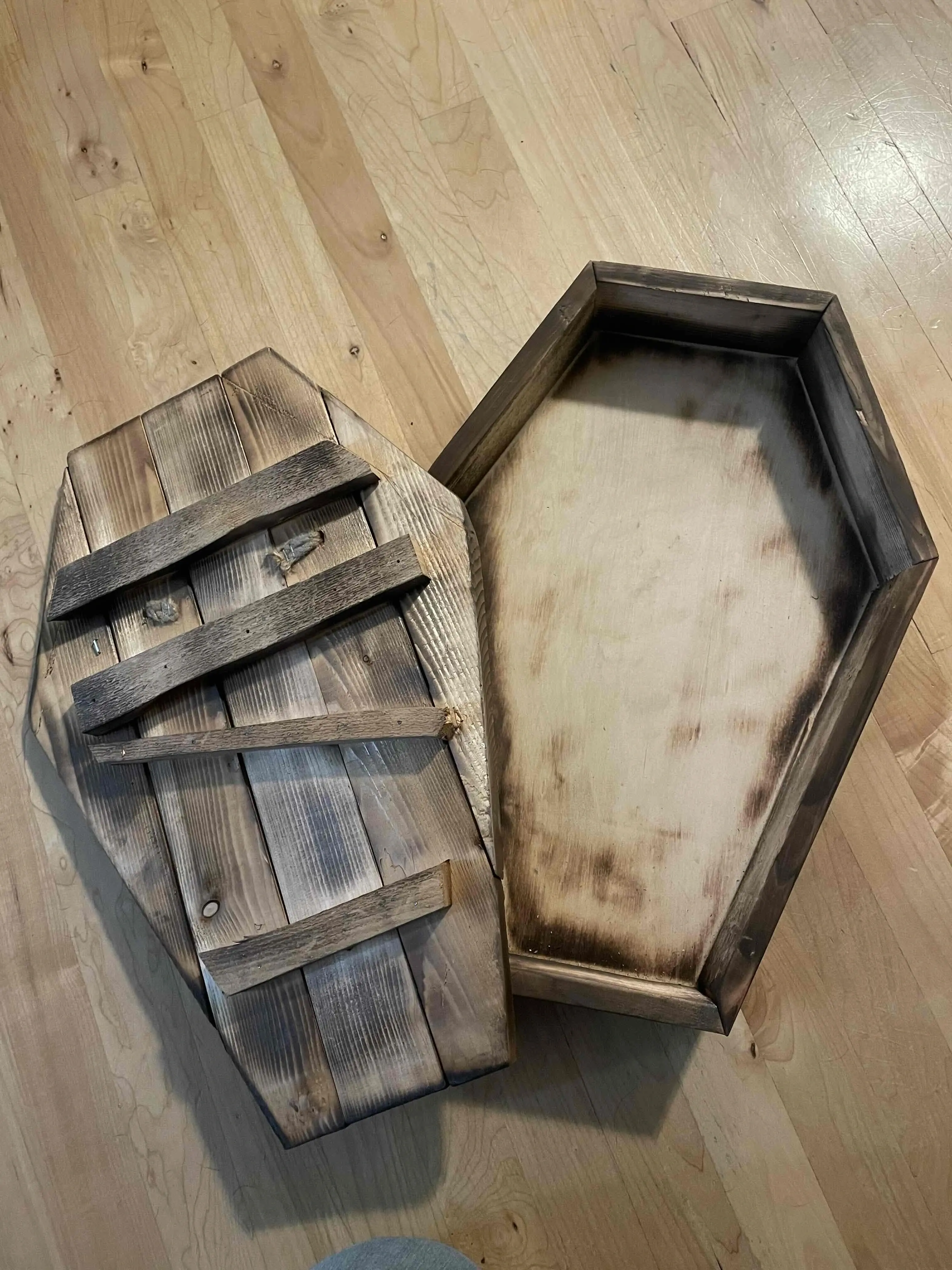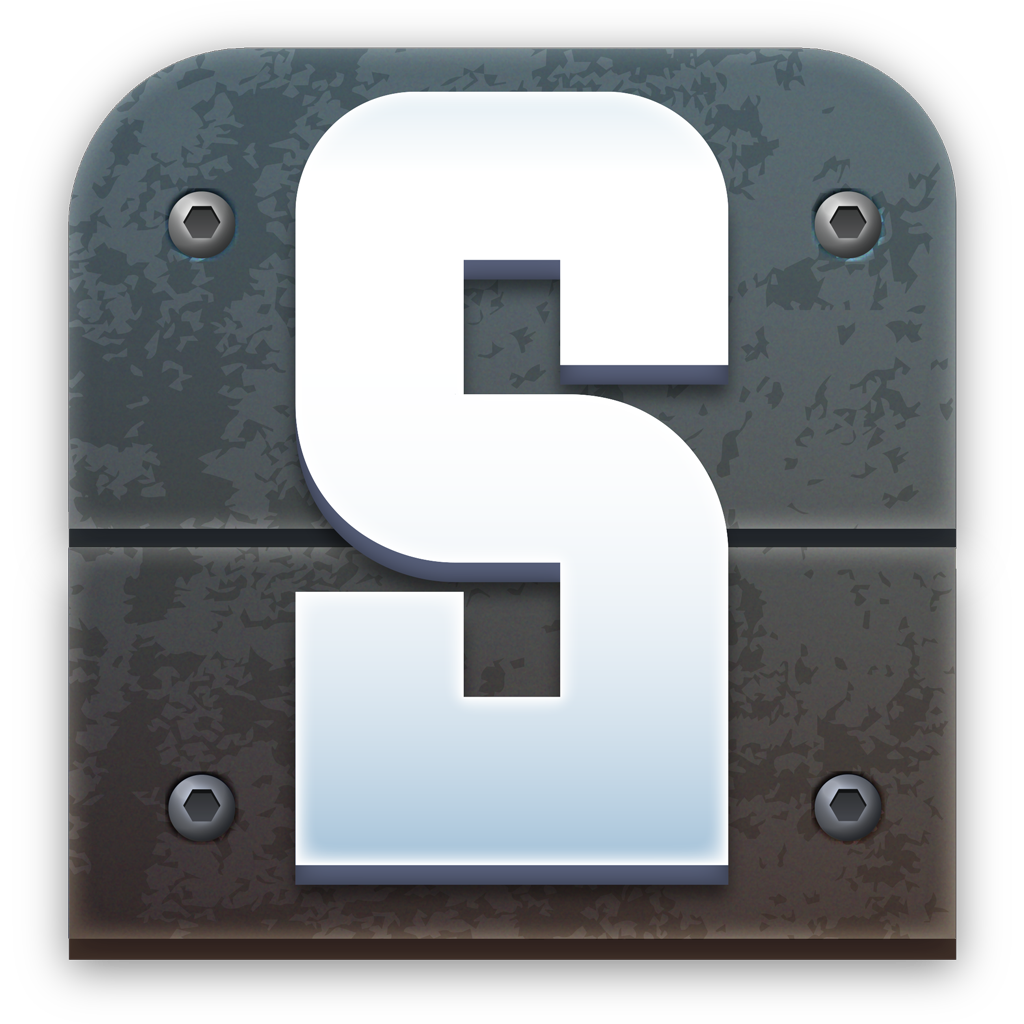It does actually attribute the quote to Douglas Adams at the bottom of the image.
Captain Aggravated
Linux gamer, retired aviator, profanity enthusiast
- 16 Posts
- 2.48K Comments

 4·6 hours ago
4·6 hours agoGiven how little story they were willing to put into the last two games they made I’m not sure what they’re going to do with the runtime of a movie, and if I’m honest I think I’d rather just watch an orchestra play selected pieces from the series’ soundtrack than whatever they’re going to do here.

 47·7 hours ago
47·7 hours agoBoth of those statements are categorically false.

 2·7 hours ago
2·7 hours agoYou know, I think you’ve got it. The pitch for Enterprise was “What if we went back in time before even TOS when everyone was significantly shittier?”

 2·7 hours ago
2·7 hours agoHelicopters and IMC don’t seem to mix particularly well.

 3·7 hours ago
3·7 hours agoThey did not outdo the Battle of Josh.
The mathematician is naked, something about pure and direct truth. The physicist is wearing a bow tie, chippendale cuffs and a banana hammock. The engineer has on his new invention: Assful chaps.

 2·14 hours ago
2·14 hours agoAnd there it is.

 2·15 hours ago
2·15 hours agoThe flaw is in the question: terminal apps practically always include more functionality especially for batch processing and automation of tasks.
I’ll give an example: Find me a GUI application that can quickly convert a gigabyte of .doc files into .pdf format. Pandoc can do that with a single command.
Also: You’re probably comparing the process of “using” a GUI app with “using” a terminal app, in other words, if you spend 8 hours sitting in front of Premiere or KDENLIVE clicking a mouse, you expect to do the same job with ffmpeg by sitting in front of it for 8 hours typing commands, right? But that’s not how it’s designed to work; it’s designed for you to write scripts that do the things you commonly do, which takes time to do once, then you run those scripts, maybe even from the GUI.
I’ll give a real example: the software I use for my personal journal is called RedNotebook. This stores the data in a human readable markup format (I think it’s YAML?) and displays it in rich text, including the ability to display inline pictures. I like putting pictures in my journal.
First problem: what it actually does is store a relative path to the location of the picture in your file system; if ever I was to change the location in my file system where I store the journal or my pictures, or change operating systems, this would break. So I created a Pictures folder within the Journal folder to copy all pictures there.
Second problem: My phone takes 12MP or larger pictures and the journal displays them at full scale so they take up the whole screen. I’d like to shrink them.
Third problem: The app’s “Insert picture” funcionality opens a file browser window written in QT which is different than the one from most of my GTK-based desktop apps use and I’d have to manually find the file.
Simultaneous solution: I wrote a short bash script that calls ImageMagick to shrink the image among a few other cleanup details, and builds the appropriate string to paste into my journal and puts that string in the primary buffer. I then wrote a Nemo Action so that the option to run this script appears in the context menu iff I right click on exactly one image file. Now I can add an image to my journal by browsing to its location in my file manager, right clicking, clicking Add To Journal, and then middle clicking in RedNotebook where I want to paste the picture.
There are hundreds of tedious little things I would do over and over again clicking through endless menus, windows and dialogs that I can script away, like paving my own bypass lane.

 5·15 hours ago
5·15 hours agoMicrosoft is one of if not the biggest and richest companies in the world and they got that way on a strategy based on the public’s fear and hatred of reading comprehension.

 2·16 hours ago
2·16 hours agoUsing screenshots, demonstrate to me how the current edition of Linux Mint’s Software Manager application is “garbage” and show me how the Apple App Store, Google Play Store or the Windows Store is better.
I can agree that there are not great software managers out there, Pop!_Shop always felt like it was malfunctioning to me, and Synaptic Package Manager works but has some significant klunk, but…what’s wrong with Mint Software Manager that anyone else gets right.

 18·16 hours ago
18·16 hours agoI’ve been daily driving Linux Mint for 10 years now. The answer to this question is “for what most people consider everyday usage, you have to use the Linux terminal about as often as you have to edit the Windows registry.” And in fact over the 10 years I’ve been a Linux user, GUI tools in Linux are increasingly available, and I’ve heard Windows normies talking about the registry more.
When I started out, Mint shipped with Synaptic Package Manager, and a lot of distros didn’t include a GUI at all. Now GUI package managers are the rule rather than the exception and most have bespoke polished app store -like things. You of course can still use apt or dnf or pacman or whatever, but you decreasingly have to.
I never once touched the registry on my Win 98, Win XP, Win Vista or Win 7 machines. Win 8 required a couple registry keys to turn off that…curtain that you had to click away to get to the login screen? and a few other “tablet first” features Win 8 had, and now I hear “just go and add these registry keys to put the start menu on the left, turn off ads, re-enable right click and retract the rectal thermometer.”
Linux is becoming more normie friendly while Windows is genuinely becoming less normie friendly.
 2·16 hours ago
2·16 hours agoOn the subject of contrasts: You show me four women and I’d pick the one who is apparently different, every time. Three blondes and a brunette? Three brunettes and a blonde? Three sundresses and shorts and t-shirt? I’ll pick “the ___ one” every time.
Thunderstorms. I am not aroused by thunderstorms, but they’re great fucking weather. I don’t know if it’s because it’s cooler, if it’s the background noise, the lighting, but my ideal sex scenario has a summer afternoon thunderstorm going on outside.

 1·17 hours ago
1·17 hours agoA lot of things made it a Winter project for me: wanting to assist my furnace rather than fight my air conditioner in the Carolina heat was one thing, also my work slows down a lot in winter, not as many projects to do, so I had plenty of time to mess with it over winter. Plus, in summer I keep my house at 74, in winter I keep it at 70, It’s amazing how much that makes a difference in CPU temperatures.

 7·1 day ago
7·1 day agoStardew Valley was released in 2016. My understanding is it took 10 years to make (Eric Barone worked at a movie theater, and when he wasn’t at work he was working on the game) and he’s been supporting and releasing new content for the game for 8 years now. The Wiki pages for the characters contain the artwork for the characters he’s drawn, and redrawn, and redrawn over the years.
He basically won the cozy farming genre, it’s time to move on, for his own health if nothing else.

 10·1 day ago
10·1 day agoMinor suggestion: Do it in winter. Transcoding video like that is a CPU intensive workload, if you’re going to pump that much heat out of your PC case you might as well want it.

 2·1 day ago
2·1 day agoI’m aware of good old fashioned multiplayer where an average Pentium 2 rig has enough grunt to host a multiplayer session and be one of the client machines, obviously games of that scale should be able to be run by enthusiasts. I’m talking about, what if something like WoW shuts down?
Oh is that like bankofarnerica.com or whatever, hoping the r and n look enough like an m for at least some people to click?
edit: under absolutely no circumstances click on the above link. Your bank will be robbed and your foreskin soldered shut. To very don’t.

 8·1 day ago
8·1 day agoOkay, who downvoted this? The MPAA?








At least per my copy of The Ultimate Hitchhikers’ Guide Complete And Unabridged (a hardcover with all five books plus the short story Young Zaphod Plays It Safe):
The first book, The Hitchhikers’ Guide to the Galaxy, starts out with the passage that begins “Far out in the uncharted backwaters of the unfashionable end of the Western spiral arm of the Galaxy lies a small unregarded yellow sun.” Later in this passage, you find: “Many were increasingly of the opinion that they’d all made a big mistake in coming down from the trees in the first place. And some said that even the trees had been a bad move, and that no one should ever have left the oceans.”
The Restaurant at the End of the Universe starts with a preface: “There is a theory which states that if ever anyone discovers exactly what the universe is for and why it is here, it will instantly disappear and be replaced by something even more bizarre and inexplicable. There is another which states that this has already happened.” The beginning of Chapter 1 reads “The story so far: In the beginning the Universe was created. This has made a lot of people very angry and been widely regarded as a bad move.”
I might be one of the very few people under the age of 50 to know THHGttG as a radio play first and a series of books second; All of the above and more in the books comes straight from the radio play, but their places shuffled around.